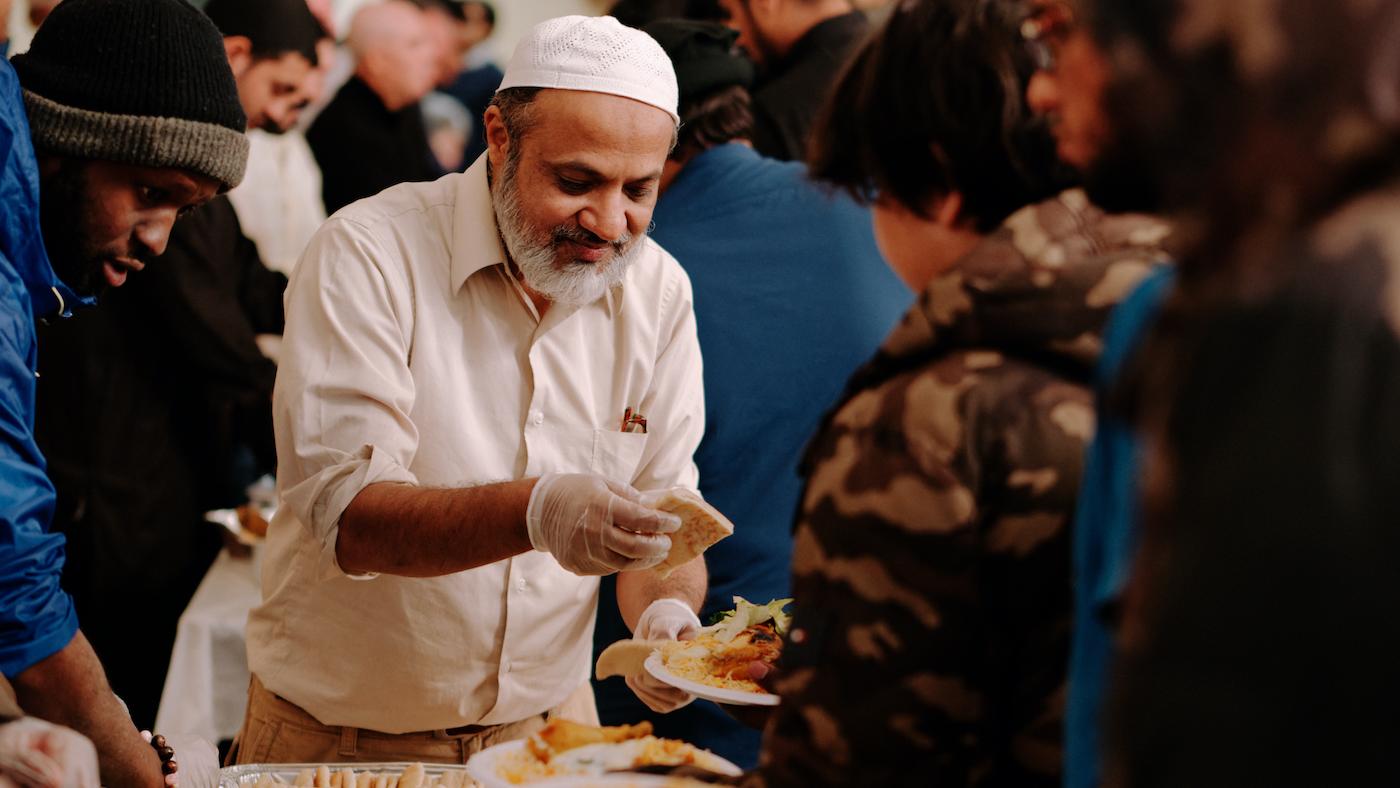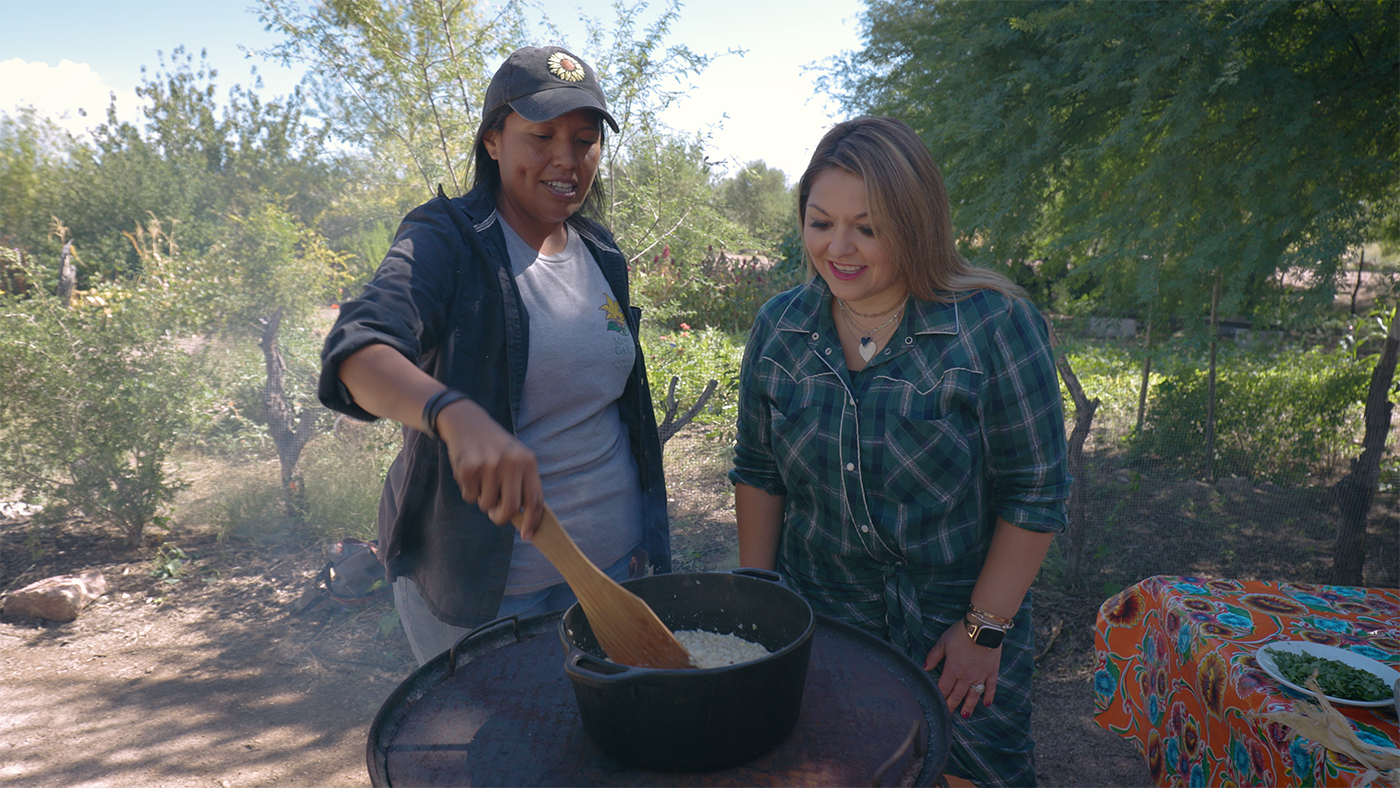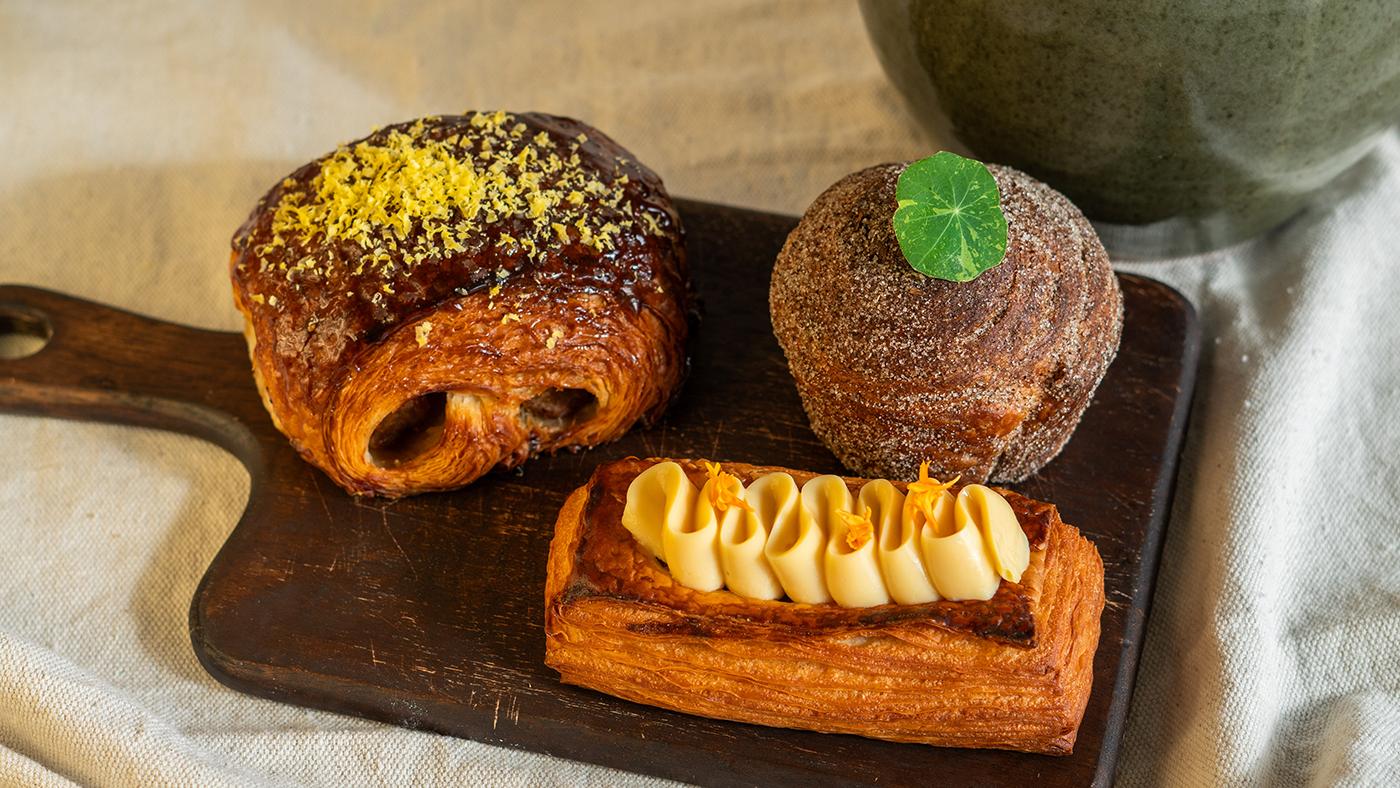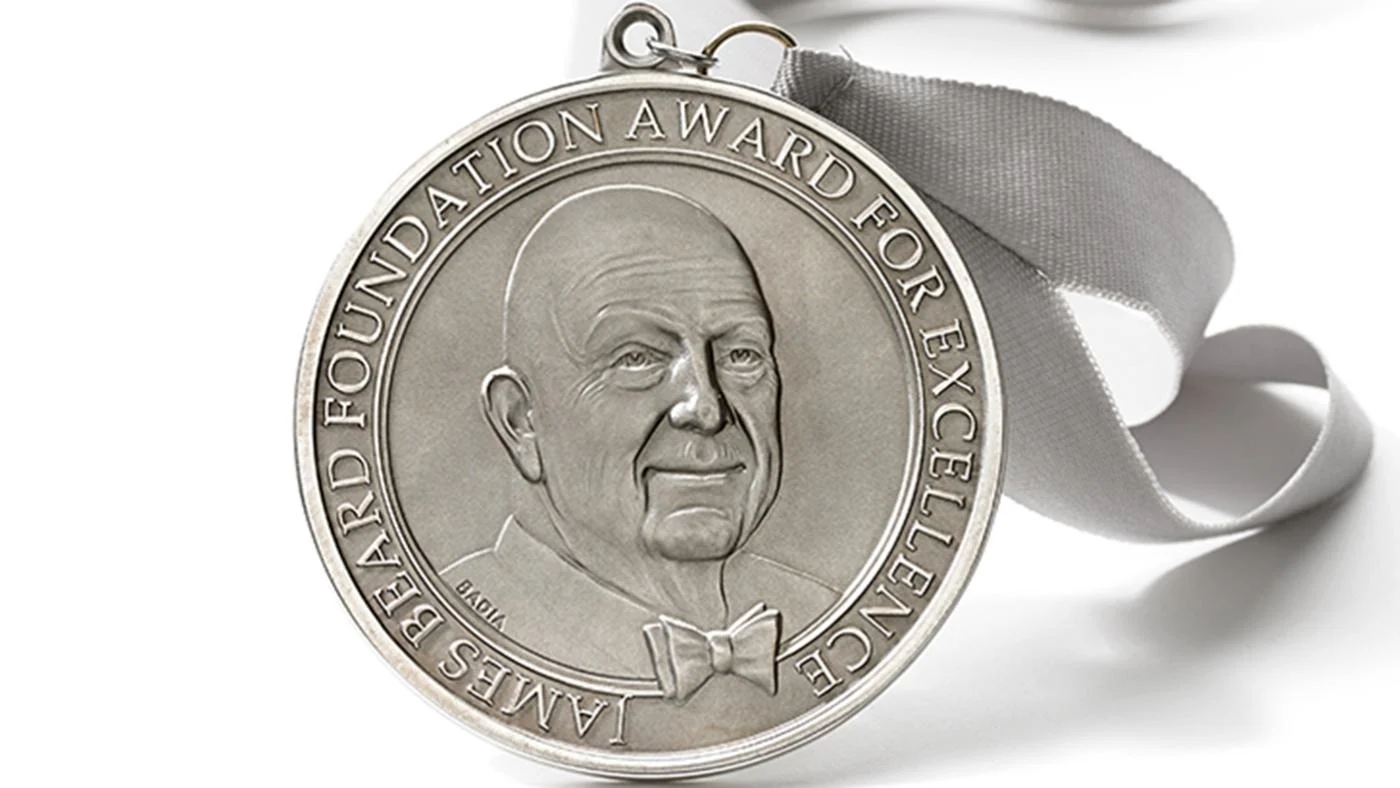J.M. Hirsch of 'Milk Street' Talks Travels and His "Choose-Your-Own-Adventure" Cocktail Book
Daniel Hautzinger
November 3, 2022
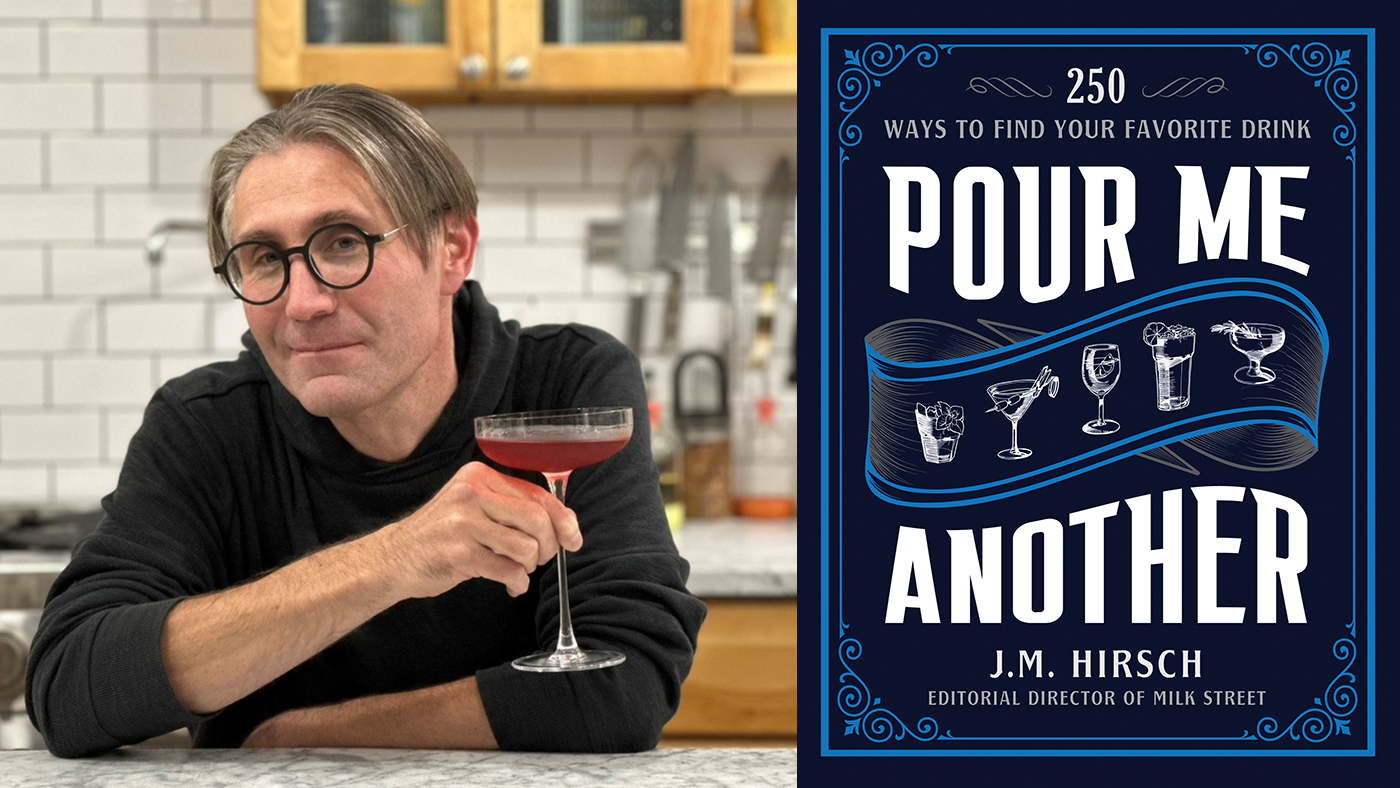
Get more food stories and news by signing up for our Deep Dish newsletter.
J.M. Hirsch didn’t want his current jobs. He was the national food editor at the Associated Press several years ago when Christopher Kimball approached him about becoming the editorial director at Milk Street, the globally focused, home cooking-centered venture Kimball was founding after leaving America’s Test Kitchen.
He turned Kimball down.
“I considered myself to have the best job in the food world,” Hirsch says. “And then three months later, my budget got cut.” So he went back to Kimball and discussed the nascent Milk Street position over lunch. Hirsch loved the Milk Street concept: “Traveling the world to learn food and foodways in addition to cooking, and bring that back to an American audience,” in his words. But Hirsch had a caveat. “I said, ‘But here’s the deal. I’m a journalist, and I don’t think you want me, because if you hire me, I’m going to run it like a newsroom. We’re going to put boots on the ground everywhere. And that’s how we’re going to report this.’”
Kimball happily accepted.
Hirsch also didn’t want to write cookbooks. “I was not going to do a book,” he says. “I’ve written food cookbooks in the past, and it’s a horrible, horrible thing. I really hate the process.” But he was becoming obsessive about cocktails, and had compiled about 30 recipes that he thought were worth sharing. He compiled them into a collection that he could give as a gift. Milk Street’s publisher, Voracious Books, heard about it, and convinced him to put together a cookbook.
Thirty cocktail recipes became 200, and thus was born Shake Strain Done: Craft Cocktails at Home, which came out in the fall of 2020—an unexpectedly favorable time to publish a cocktail book, given the surge of interest in anything related to home cooking as people stayed at home during the first stages of the COVID-19 pandemic. Given the book’s success, Hirsch’s agent encouraged him to write another cocktail book: Pour Me Another: 250 Ways to Find Your Favorite Drink, which came out in October.
The new book aims to push people to try liquors and flavors they think they already know or dislike, by connecting varying cocktails by characteristics—such as creamy, herbal, smoky, strong.—and directing them to unfamiliar drinks with similar traits. An Old Fashioned lover who thinks they dislike gin might try a Bijou, which contains sweet vermouth and Green Chartreuse and “drinks like a very light Manhattan,” Hirsch says. Or a Daiquiri drinker might discover a whiskey drink they enjoy in The Brown Derby, made with bourbon, grapefruit, and honey. “It turns, ‘I don’t like gin’ into ‘I like gin when…’” Hirsch says of the book’s “choose-your-own-adventure” approach.
“Cocktails are kind of shrouded in a language that makes it hard to penetrate,” he explains. “Even if you don’t know what a food is, if you see the recipe name or if you see the ingredients, you have a fighting chance of understanding what it’s going to taste like. But with cocktails, not so much. The names mean nothing: a Harvey Wallbanger, an Old Fashioned—yeah, they’re classics, but who knows what that means? Even the ingredients, like Green Chartreuse? What the hell does that taste like?”
The governing principle of the book mimics the way Hirsch orders at a bar. “I always sit at the bar,” he says. “I always say to them, ‘Look, I drink this. What would you make me that’s not that?’… Usually it works, and you get exposed to something that I might not have selected on the menu.”
Hirsch goes to a lot of bars. (In his short time in Chicago, he visited both The Violet Hour and Estereo in Logan Square.) In his role as Milk Street’s editorial director, he’s constantly traveling across the globe, searching for recipes and dishes and techniques and stories from restaurants, chefs, and home cooks. In a recent edition of the Milk Street magazine, Hirsch wrote stories that he had reported in Thailand (on pad thai), Jordan (the eggplant and tahini dip mutabal), the Amalfi coast (an unusual form of pesto), Morocco (harira stew), and Colombia (the soup ajiáco). “Usually, I’m gone anywhere from ten to fourteen days a month, from September to May or June,” he says. If his destination has cocktail bars, he likes to unwind from a day of feet-on-the-ground reporting with a drink; otherwise, it’s a glass of wine.
He travels with a documentary videographer and a news photographer, “and our job is to learn, and to report, and to come back with stories that can be used on [Milk Street’s podcast], on TV, and in the magazine and in the books.” A common approach is to focus on a dish with an intriguing story—say, true Italian fettuccine alfredo, which is unlike the American version—eat iterations cooked by various people, and pick up tips and tricks along the way. All of that then informs the recipe that Milk Street’s team of recipe editors, editorial assistants, and cooks put together.
Hirsch makes sure to leave almost half of his days unscheduled while traveling, in order to allow time for what he and his team call the “pigeon boy moment”: a serendipitous encounter that leads off the beaten path to an engrossing story.
The name comes from a trip to Cairo, when Hirsch heard an unearthly whistle made by a teenage boy waving a red flag on the roof of a derelict building. Hirsch’s Egyptian fixer explained that poor families in Cairo capture pigeons and feed them well, then send them out after they are acclimated to their domestic life to bring back more pigeons, thus providing a continually renewing source of food. “Now, I’m not going to put a recipe for pigeon, but it does make a great lede for a story about food in Cairo,” he says.
In choosing dishes to feature, Hirsch and the Milk Street team aim to cover the whole world, but also “look for where is the food that has big, bold flavor and is adaptable and appealing to an American home,” he says. Not everything translates easily to an American audience, given the availability of ingredients and typical tastes. “I have found that the American audience wants familiarity but also wants to be surprised, which seems at odds,” he says. “But I think it’s very true, because it makes them both comfortable and surprised at the same time, which I think is probably a good feeling.”
So he’s especially eager to challenge conventional wisdom, in terms of where he visits, the dishes he profiles, and even how a familiar recipe is made. Take hummus, which in Israel is typically served warm, often for breakfast, and is much smoother than American versions due to an intense amount of food processing, among other differences. Hirsch’s Milk Street magazine story “In Pursuit of Perfect Hummus” won him a James Beard Award.
He might relish such reportorial writing, but he’s also still involved in plenty of cookbooks. Milk Street works on three a year, all overseen by him; the most recent is Cook What You Have, which focuses on making easy meals out of pantry staples. (Try Milk Street's Pinto Beans with Bacon and Chipotle, a good example.) The next will center on noodles, and be followed by the “self-explanatory” Simple.
And, despite insisting that “I have nothing left to say about cocktails,” Hirsch is in the middle of another project about drinks. Inspired by a spoof ad that cheekily referenced “freezer door cocktails,” he decided to try making one, combining ingredients for a dirty martini in a liquor bottle and then leaving it in the freezer, ready to pour. “I thought, ‘They’re making fun of it, but maybe that would actually work,’” he recalls. “So just as a total throwaway thing, I did a video for Milk Street about it.”
The video was so popular that Hirsch is—once again—writing a cocktail book.



